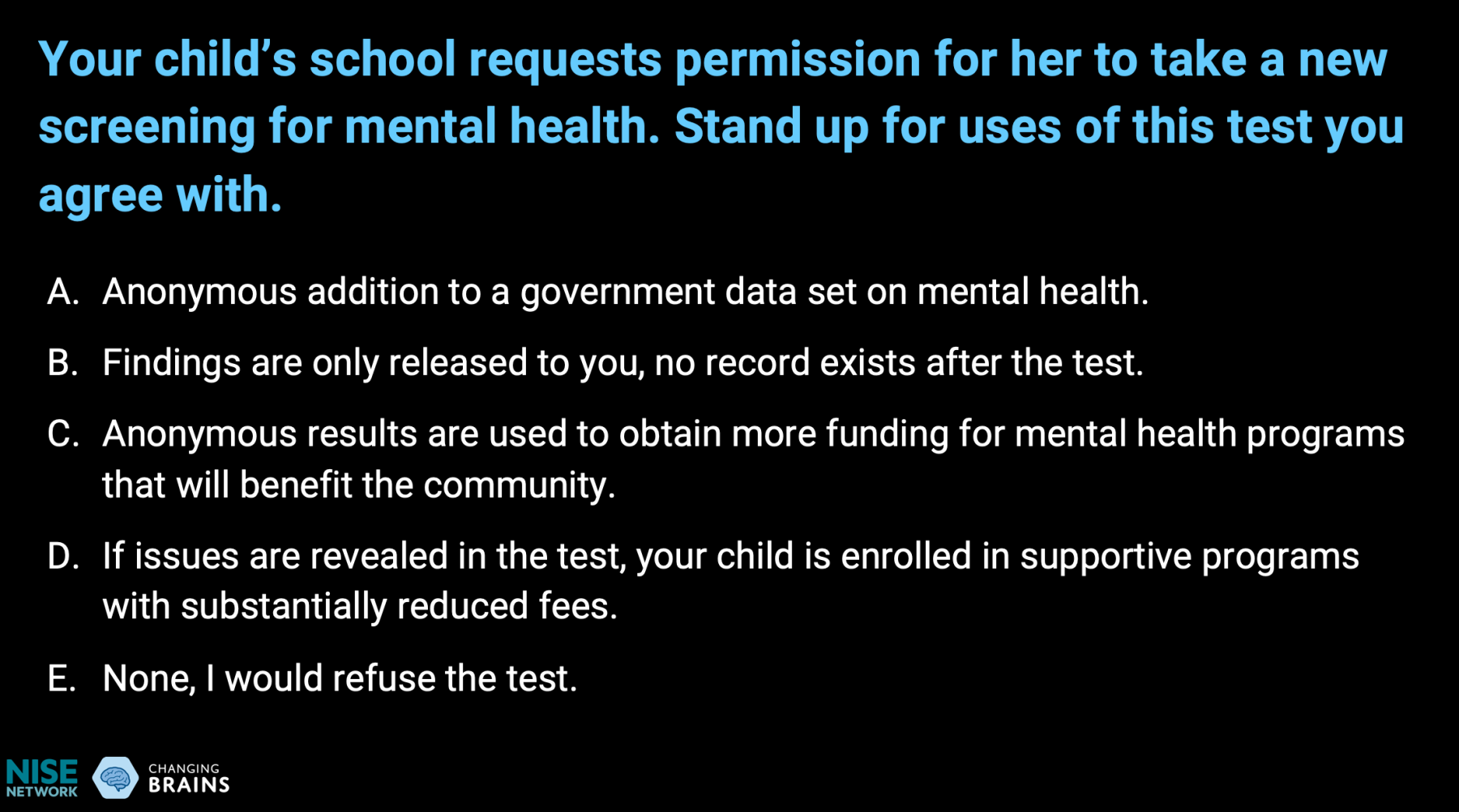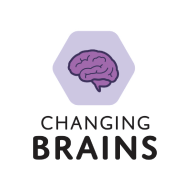DESCRIPTION
Do you want an activity to energize your professional audience on thought provoking topics around now & near-future brain research and technologies? Use this quick icebreaker where participants vote with their feet and seats by standing up, or sitting down, to show their agreement with potential scenarios.
As the slides come on the screen, simply read the questions and possible responses on each slide to a group and let them react. Introductory slides—to get used to standing up and sitting down—can be edited to more closely match the presenter's audience by using common traits (e.g. a list of locations where they may live, subjects they might teach, etc.). Detailed prompts on slides on near-future brain research and technologies will appear on the screen one by one when the slides are advanced to moderate the flow of the activity and allow for reflection. Participants will be able to see the opinions of others—and may want to stop and discuss. Plan to have a discussion at the end of the slides to give everyone a chance to share how the prompts made them feel and how they related to their own lives and values.
DESCRIPTION
Do you want an activity to energize your professional audience on thought provoking topics around now & near-future brain research and technologies? Use this quick icebreaker where participants vote with their feet and seats by standing up, or sitting down, to show their agreement with potential scenarios.
As the slides come on the screen, simply read the questions and possible responses on each slide to a group and let them react. Introductory slides—to get used to standing up and sitting down—can be edited to more closely match the presenter's audience by using common traits (e.g. a list of locations where they may live, subjects they might teach, etc.). Detailed prompts on slides on near-future brain research and technologies will appear on the screen one by one when the slides are advanced to moderate the flow of the activity and allow for reflection. Participants will be able to see the opinions of others—and may want to stop and discuss. Plan to have a discussion at the end of the slides to give everyone a chance to share how the prompts made them feel and how they related to their own lives and values.
DOWNLOAD FILES
Credits
Developed for the NISE Network. This material was based on work supported by The Kavli Foundation. Any opinions, findings, and conclusions or recommendations expressed in this program are those of the authors and do not necessarily reflect the views of the Foundation.
Creative Commons Attribution Non-Commercial Share Alike 3.0 United States (CC BY-NC-SA 3.0 US).
View more details



